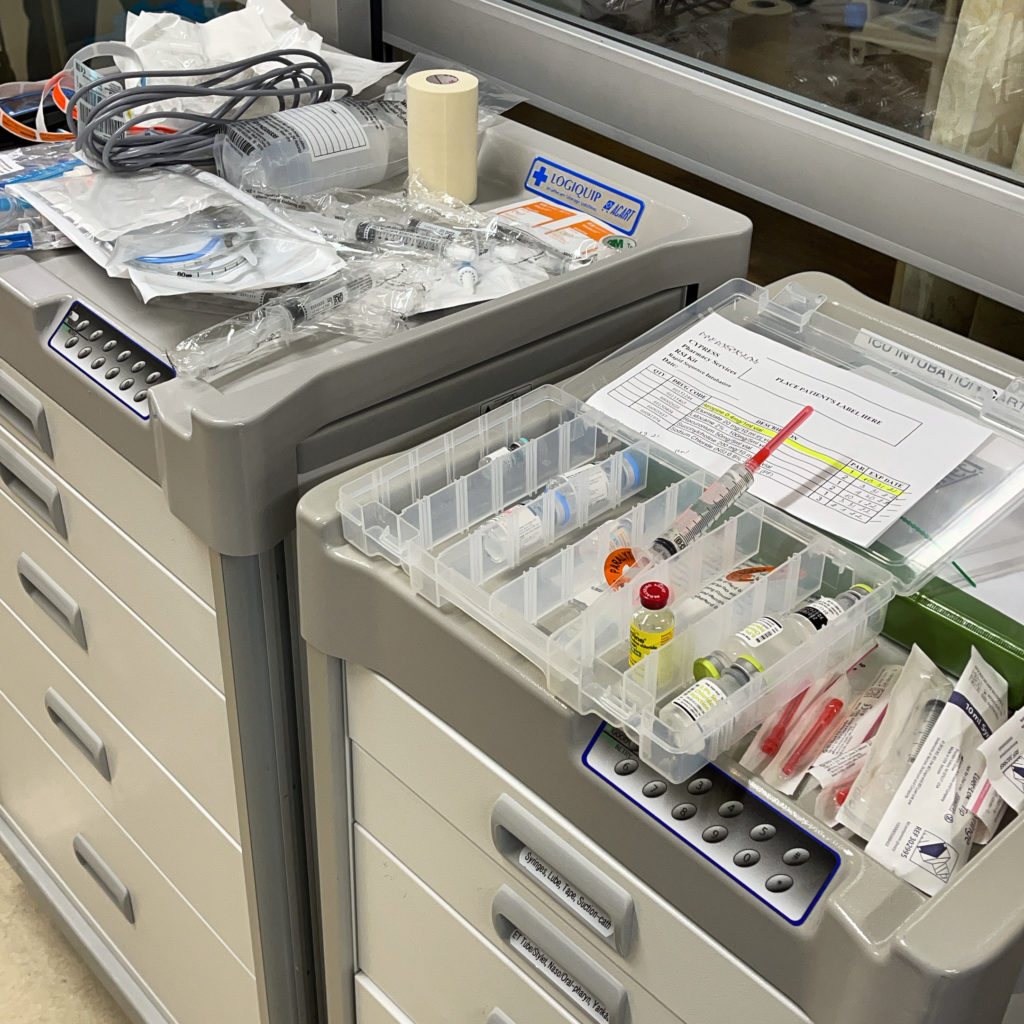Code blues requiring advanced cardiovascular life support (ACLS) can be anxiety-ridden for anyone. This post will not discuss the actual algorithms but what I call the “3 Cs” of running a good code – calm, confidence, communication.
As an intensivist and cardiac anesthesiologist, I’m accustomed to running codes in the ICU and OR. The first step is to take order, clearly identify yourself as the code leader within the chaos, and delegate tasks to the individuals assembled at the bedside (timekeeper, access, medication administration, airway, etc.) Cognitive unloading is essential for the code leader. It provides everyone with a singular task – the most important being high-quality chest compressions and/or early defibrillation based on the initial rhythm.
Second, the room should be silent except for the code leader and those announcing a task has been completed (“18 gauge IV in the left arm!”) or a milestone has been achieved (“end-tidal CO2 increased!”). Extra people should gather OUTSIDE of the room. I firmly believe in this and will (politely) ask others to leave as I feel this is a prevalent barrier against streamlined communication.
Next, I’ll verbally go through the differential (“H’s and T’s”) in addition to doing a subcostal cardiac ultrasound assessing for reversible pathologies (hypovolemia, tamponade, etc.). I try to finish this in the first two minutes to start addressing potential triggers immediately. Confidence comes from experience and preparation, so constantly staying updated with guidelines and mentally rehearsing hypothetical scenarios is helpful.
Regardless of the outcome, I’ll conclude a code with a moment of silence, if appropriate, and an opportunity to debrief. The code team will openly identify barriers to completing tasks and provide other feedback regarding the overall workflow. Finally, I’ll acknowledge each team member’s efforts and update family members/caretakers. This debriefing is often neglected but provides an opportunity for the entire team to reflect and often comfort each other when patients we have all cared for succumb to their illnesses.






